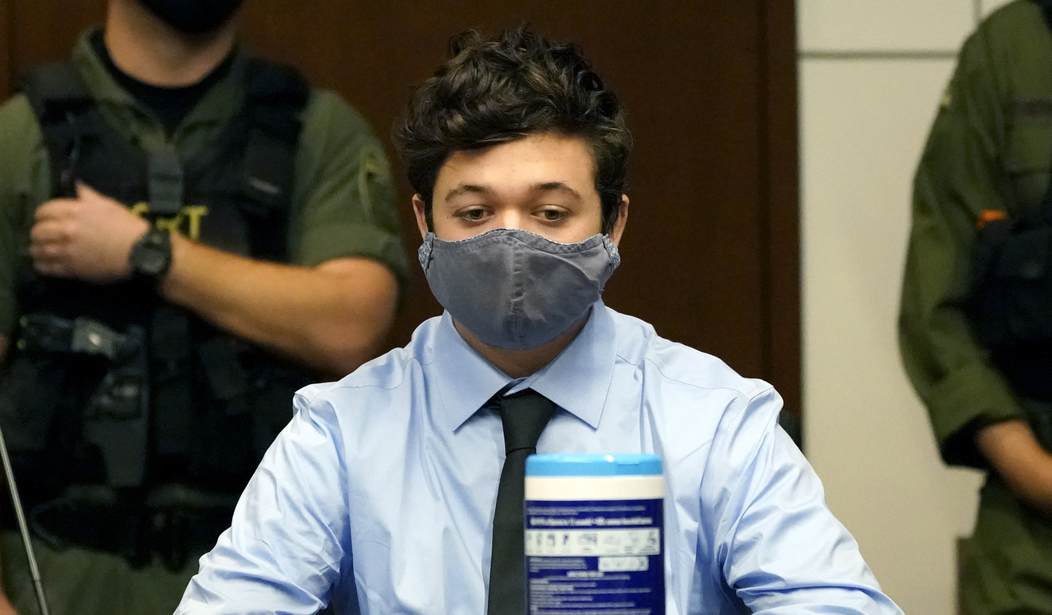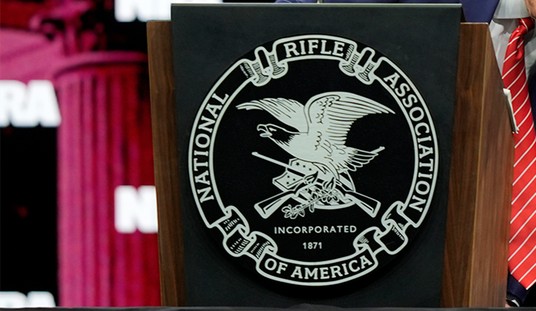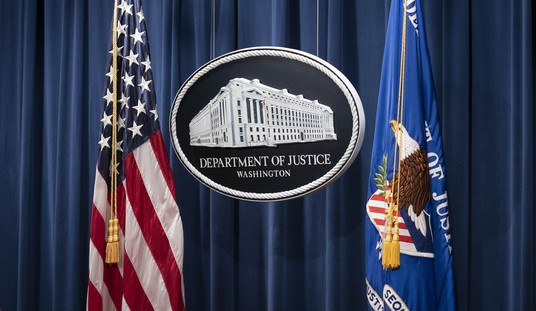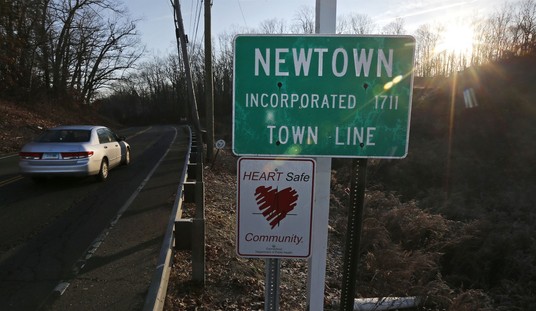Next Monday, Illinois teen Kyle Rittenhouse is scheduled to go on trial for the deaths of Joseph Rosenbaum and Anthony Huber along with the wounding of Gaige Grosskreutz last August as riots and looting were erupting across Kenosha, Wisconsin. Rittenhouse’s defense got a big boost this week when the judge overseeing the case ruled that, while prosecutors cannot refer to the three men shot by Rittenhouse as “victims” because it could be prejudicial to the jury, defense attorneys can describe the trio as rioters and looters.
Circuit Judge Bruce Schroeder cautioned the defense team against using pejorative terms during opening statements, but he said they could use them in their closing arguments if the evidence suggested the men engaged in criminal acts.
“He can demonize them if he wants, if he thinks it will win points with the jury,” Schroeder said.
In another ruling that could help Rittenhouse’s legal team make the case that their client was acting in self-defense, Judge Schroeder weighed in on what the jury will be allowed to hear about police interactions with Rittenhouse before the shootings took place. Once again, Assistant District Attorney Thomas Binger wasn’t happy with the judge’s decision.
Schroeder also rejected the prosecution’s request to block any evidence that local law enforcement provided water to vigilantes the night of the shooting and thanked them for their presence. In video taken before Rittenhouse fired his gun, officers in an armored vehicle tossed bottles of water to him and other armed civilians who were clearly violating the city’s 8 p.m. curfew.
One officer can be heard on the recording expressing his gratitude to the group.
“We appreciate you guys,” the officer said. “We really do.”
“I’m concerned this is going to be turned into a trial over what law enforcement should or shouldn’t have done that night,” Binger said. “And I don’t think that’s what this court or this trial should be deciding.”
In opting to allow the evidence, Schroeder said he wouldn’t permit the defense to argue the encouraging words reflected the police department’s overall opinion. It could, however, help explain Rittenhouse’s mindset that night.
“I would not let it be used to prove that the entire police presence on that evening appreciated Mr. Rittenhouse’s behavior or his presence,” he said. “Relevance is another matter.”
Keep in mind that despite the media circus, when Kyle Rittenhouse walks into the courtroom next week he will be considered innocent. It’s up to the prosecutors to prove beyond a reasonable doubt over the course of the trial that Rittenhouse was not acting in self-defense, not the other way around.
I’ve felt since the beginning that was going to be a high bar for prosecutors, given the video evidence that has come to light so far, which clearly shows Rittenhouse was walking down the street when Rosenbaum began chasing him, eventually attracting a larger crowd which tailed along.
While Mr. Rittenhouse is being pursued by the group, an unknown gunman fires into the air, though it’s unclear why. The weapon’s muzzle flash appears in footage filmed at the scene.
Mr. Rittenhouse turns toward the sound of gunfire as another pursuer lunges toward him from the same direction. Mr. Rittenhouse then fires four times, and appears to shoot the man in the head.
Rittenhouse is being chased by a mob, and hears the sound of a gunshot fired close behind him. As he turns, Rosenbaum reaches for his rifle. Only then does Rittenhouse fire.
Was Rittenhouse the aggressor in this case? It doesn’t look like it to me. Was Rittenhouse in fear for his life at that point? Well, he was being chased by an angry mob, and someone had just fired a shot. I don’t think it’s unreasonable to believe that in those moments Rittenhouse was afraid that he was at risk of great bodily harm or even death if the crowd got ahold of him. The same is true for the shooting of Huber, who actually assaulted Rittenhouse with a skateboard before he was shot. Rittenhouse’s wounding of Gaige Grosskreutz could be the most difficult to defend, but use-of-force expert John Black has provided pre-trial testimony supporting Rittenhouse’s actions.
Bystander video showed that after Rittenhouse shot Rosenbaum, he ran down the street. At one point he stumbled and a man came out of the crowd and kicked him in the face, Black said. Rittenhouse fired at that man but missed.
A moment later Huber hit Rittenhouse in the neck with a skateboard and tried to grab Rittenhouse’s rifle, prompting Rittenhouse to shoot him, Black said. Grosskreutz approached with his hands raised in an “I surrender” motion but he had a handgun in his right hand. He backed up before he stepped forward and lowered the pistol. Rittenhouse then shot him in the arm.
Black said Rittenhouse maintained control of his rifle throughout and didn’t just spray the crowd randomly with bullets.
While I’ve developed my own opinions of the Rittenhouse case, I’m also willing to keep an open mind as we hear additional testimony and evidence over the next few weeks. For now, though, I continue to believe that Rittenhouse’s self-defense argument is strong one and it’s going to be extremely difficult for prosecutors to prove beyond a reasonable doubt that Rittenhouse was not acting to protect his life when he pulled the trigger.








Join the conversation as a VIP Member